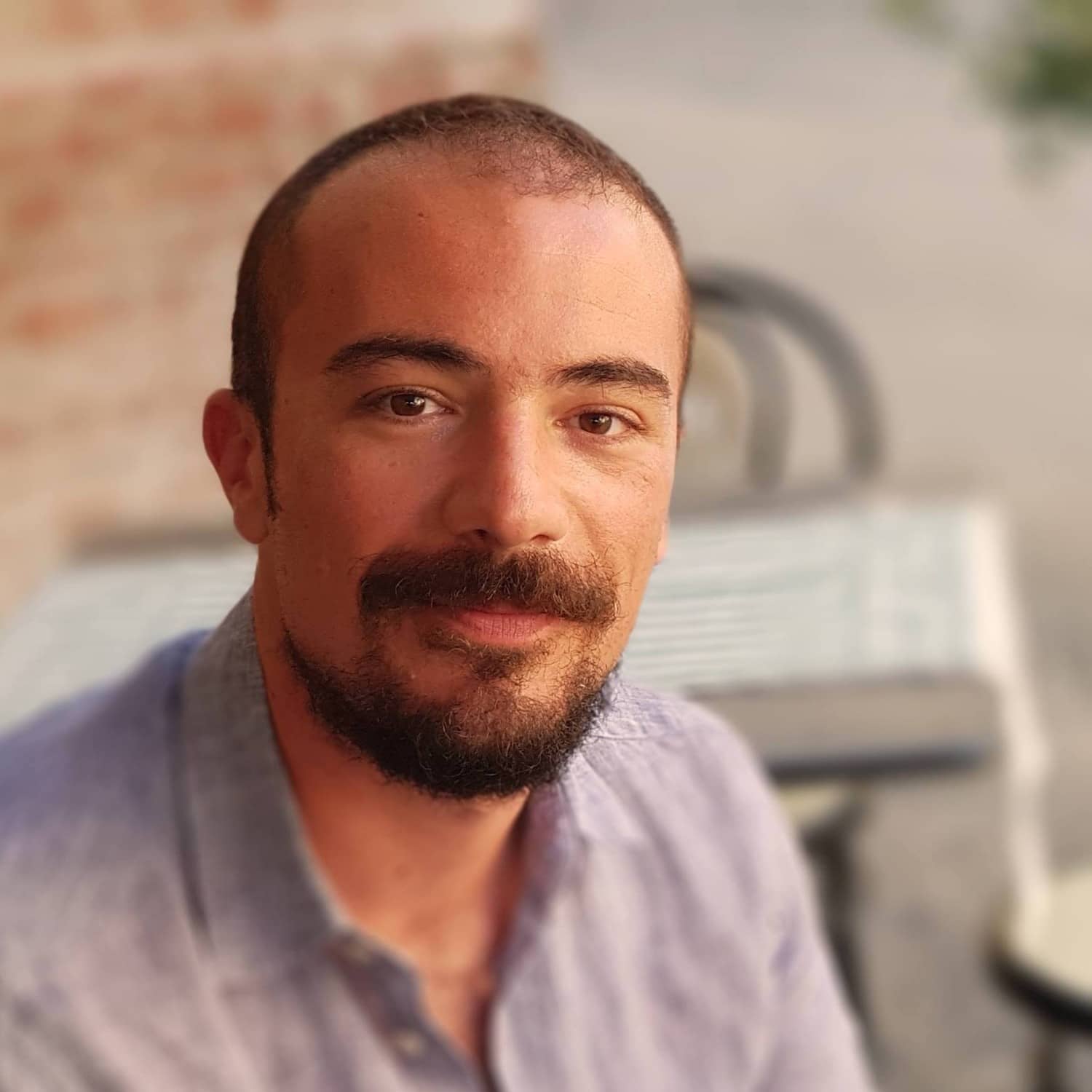Circularity and Systems
Parts to Wholes
Building on Gilles Deleuze and Felix Guattari’s concept of agencement and Manuel DeLanda’s concept of assemblage, Stavros attempts to contextualize the discussion of Systems to Cities. In contrast to General Systems Theory (GST), Stavros accentuates the importance of considering both the elements and their relations.
Further Reading/ References
- DeLanda, M. (2006). A New Philosophy of Society. London: Continuum.
DeLanda, M. (2016). Assemblage Theory. Edinburgh: University Press.
Deleuze, G. & Guattari, F. (1987). A Thousand Plateaus. Translated by Brian Massumi. Minneapolis: University of Minnesota Press.
Negarestani, R. (2014). Frontiers of Manipulations. In Speculations on Anonymous Materials Symposium MMXIV, transcript Andrej Radman, http://radurb.blogspot.nl/2014/01/50-transcript-of-negarestani-frontiers.html.
